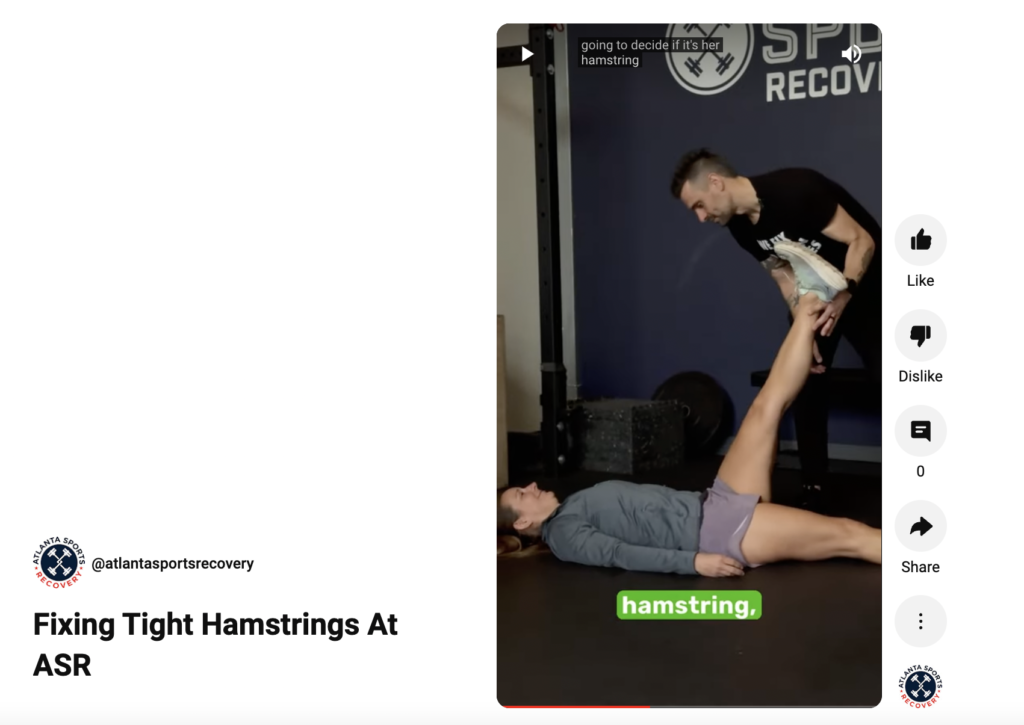Why does your knee always hurt after you run? Why does your shoulder get a little cranky after doing pull-ups? Are these aches and pains signs of an injury?
If your pain problems fall in-line with those that I mentioned about, you most likely do not have an acute injury. An acute injury is getting in a car wreck or rupturing your ACL due to a forceful impact, not having a pinch when you go overhead.
The majority of my clients’ pain is more often than not caused from a faulty movement pattern or muscle imbalance which is causing an overuse injury. This is known as a Repetitive Strain Injury (RSI). RSIs commonly cause insult to the soft tissue (muscles, ligaments, tendons, nerves, joint capsules, fascia, etc.) which creates that nagging but not complete limiting pain during movement.
Many of the routine daily activities we perform at work, home or the gym can result in an overuse to the soft tissues which create accumulative injuries. This means we can unintentionally snowball a small injury into a big problem.
Some common examples of routine activities (but not limited to) that can cause a RSI:
- Continuous typing or repeated use of a mouse (Carpal Tunnel Syndrome)
- Running/jogging (Shin Splints, Plantar Fasciitis, Knee & Hip pain, Tendonitis)
- Prolonged standing (Heel Pain, Leg Pain, Thigh and Back Pain)
- Prolonged sitting (Buttock + Lower Back Pain, Piriformis Syndrome)
- Repetitive wrist/forearm flexion/extension/rotation (Tennis Elbow, Golfer’s Elbow)
- Repetitive + prolonged shoulder rotation (Swimmer’s Shoulder, Rotator Cuff Tears)
- Repetitive bending + lifting (Low Back Pain, Sciatica, Muscle Strain)
- Sleeping on the stomach (Neck pain, Upper Back Pain, Cervicobrachial Syndrome)
- Poor Posture (Tension Headaches, Back pain, Neck pain, Arm + Leg pain)
- Numerous athletic activities (Tendonitis, Sprains/Strains, Myofasciitis)
The above Repetitive Strain Injuries will result in a series of physiological responses.
- Inflammation (first 72 hours) – burning pain and stiffness, often totally debilitating and accompanied by swelling.
- Repair (72 hours to 3 weeks) – stiff feeling, pain on moving, can feel like things are tearing apart.
- Remodeling – Loss of range of motion, pain is dull sometimes achy; pain is still there but not as sharp.
- Maturation – you are no longer really in pain, but you are still leery of the issue and may always have a little “hitch in your giddy up” as a way of avoiding the memory of the pain.
Eventually you just learn to live with the issue. It is not totally fixed but you can manage and get thru an activity.
Here comes the snowball effect.
Your RSI will eventually cause a permanent dysfunction which will limit your ability in the long run. The previously injured soft tissue will heal tougher, less elastic, shortened and therefore weakened causing restriction of motion between muscle layers as well as nerves. For the athlete, this means you will perform worse and set yourself up for another, potentially worse, RSI. Fun fact – this is how a calf strain becomes a torn Achilles tendon.
So what can you do about this?
The Fix is actually simple. First, you have to locate the fibrotic tissue and treat it so it heals correctly. Then determine the faulty movement pattern or imbalance so your body begins to retrain and strengthen the weak muscle.
Some good resources to help you:
- The Fix’s YouTube page regularly post videos to help you treat injured tissues.
- The book Supple Leopard is probably the most important text written about the human body in the last 20 years. It is a practical guide for solving your own pain related issues.
If you need help with a RSI or have questions, please shoot over an email at [email protected]. We love to help!



